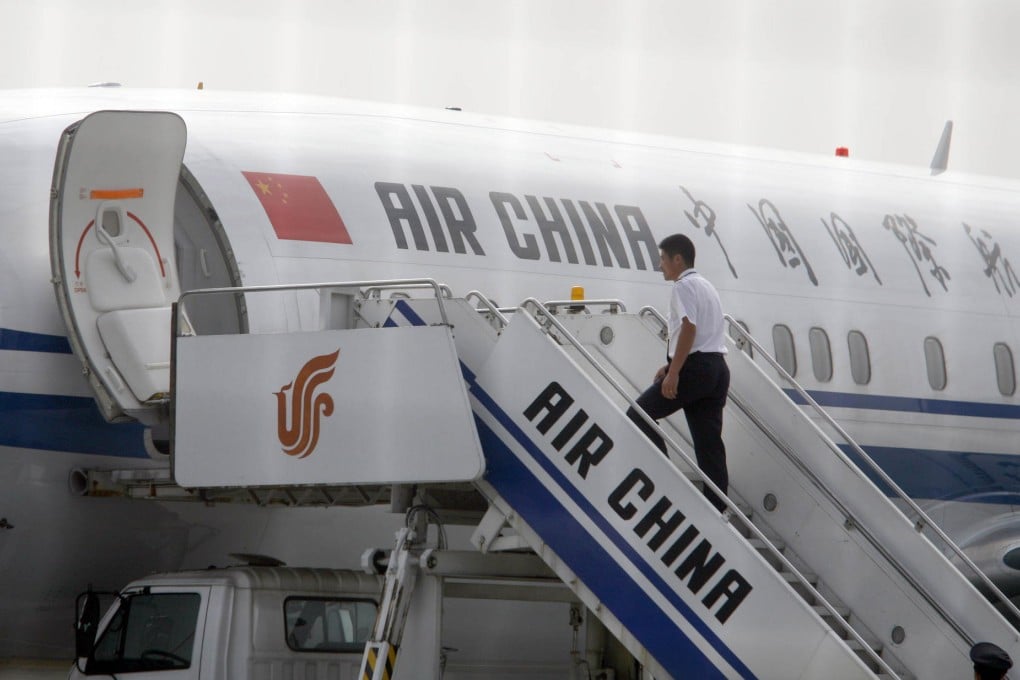Civilian pilots keen to fly as airspace opens
The national civil aviation authority says about 500,000 civilian pilots will need to be trained by 2035, up from just a few thousand now, as wannabe fliers chase dreams of lucrative jobs at new air service operators.

The national civil aviation authority says about 500,000 civilian pilots will need to be trained by 2035, up from just a few thousand now, as wannabe fliers chase dreams of lucrative jobs at new air service operators.
The aviation boom comes as authorities allow private planes to fly below 1,000 metres from next year without military approval, seeking to boost the mainland's transport infrastructure. Commercial airlines are not affected, but more than 200 new firms have applied for general aviation operating licences, while the wealthy are also eager for permits to fly their own planes.
The civil aviation authority's own training unit can only handle up to 100 students a year. With the rest of China's 12 or so existing pilot schools bursting at the seams, foreign players are joining local firms in laying the groundwork for new courses that can run to hundreds of thousands of dollars per trainee.
"The first batch of students we enrolled in 2010 were mostly business owners interested in getting a private licence," said Sun Fengwei, deputy chief of the Civil Aviation Administration of China's (CAAC) pilot school. "But now more and more young people also want to learn flying so that they can get a job at general aviation companies."
While uncertainties remain for what will be a brand new industry, firms are betting they can make money and trainee pilots are convinced they can land dream jobs.
By the end of the year, industry executives expect the central government to issue detailed guidelines on how it will implement plans unveiled in 2010 to open up airspace below 1,000 metres in 2015, expanding the open skies to airspace below 3,000 metres by 2020.
